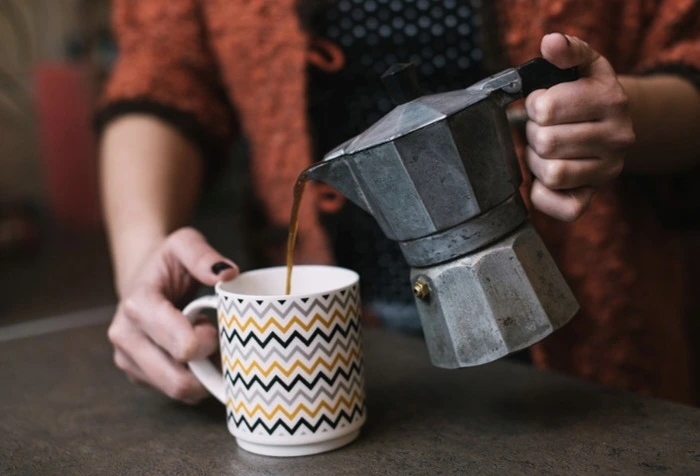Making espresso at home can seem intimidating, but with the right tools and techniques, you can pull a perfect shot every time. This guide will walk you through everything you need to know, from choosing the right equipment to mastering the brewing process.
What You Need to Make Espresso
To make espresso at home, you will need a few key pieces of equipment. The most important is an espresso machine. There are different types, from manual lever machines to semi-automatic and fully automatic models. A good grinder is also essential, as freshly ground coffee makes a big difference in flavor. You will also need a tamper to pack the coffee grounds evenly and a scale to measure your coffee and water precisely.
Choosing the Right Coffee Beans
Not all coffee beans are suitable for espresso. Look for beans labeled as espresso roast, which are typically dark and oily. These beans are roasted longer to bring out bold flavors that stand up well to the brewing process. Freshness matters, so buy whole beans and grind them just before brewing.
Grinding the Coffee
The grind size is crucial for espresso. It should be fine, almost like powdered sugar, but not so fine that it clogs the machine. A burr grinder is the best choice because it produces consistent particles. If the grind is too coarse, the water will pass through too quickly, resulting in a weak shot. If it’s too fine, the water will struggle to flow, leading to over-extraction and bitterness.
Measuring & Tamping
Use a scale to measure the right amount of coffee. A standard double shot of espresso uses about eighteen grams of coffee. Once the grounds are in the portafilter, use a tamper to press them down firmly and evenly. Uneven tamping can cause channeling, where water finds weak spots and flows through unevenly, ruining the shot.
Pulling the Shot
Lock the portafilter into the espresso machine and start the extraction. The ideal brewing time is between twenty-five and thirty seconds. The espresso should flow out in a steady, honey-like stream. If it’s too fast, the grind is too coarse. If it’s too slow, the grind is too fine. The final shot should have a rich, golden crema on top.
Troubleshooting Common Issues
Sometimes, things don’t go as planned. If the espresso tastes sour, the extraction was too short. If it’s bitter, the extraction was too long. Adjust the grind size or brewing time accordingly. If there’s no crema, the coffee might be stale, or the water temperature could be too low.
Cleaning & Maintenance
Keeping your equipment clean is essential for great-tasting espresso. After each use, rinse the portafilter and wipe down the machine. Backflush the group head regularly with water or a cleaning solution to remove coffee oils and residue.
Experimenting with Recipes
Once you’ve mastered the basics, try experimenting with different beans, grind sizes, and brewing times. You can also explore milk-based drinks like lattes and cappuccinos by learning how to steam milk properly.
Conclusion
Making espresso at home takes practice, but the results are worth it. With patience and attention to detail, you can enjoy café-quality espresso in your own kitchen. Start with the basics, refine your technique, and soon you’ll be pulling perfect shots every time.
This guide covers the essentials, but there’s always more to learn. Keep exploring, and most importantly, enjoy the process. Happy brewing!
Related topics:
What Is Spiced Shaken Espresso: A Complete Overview
What Is Coconut Milk Shaken Espresso: Everything You Need To Know
What Is Vanilla Iced Shaken Espresso: What You Need to Know


